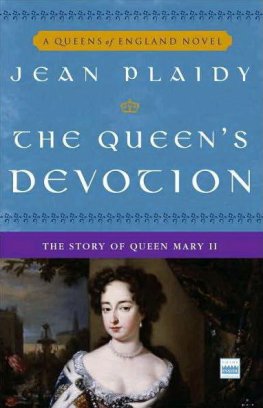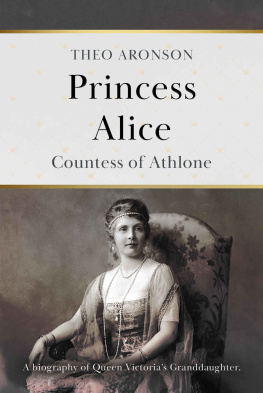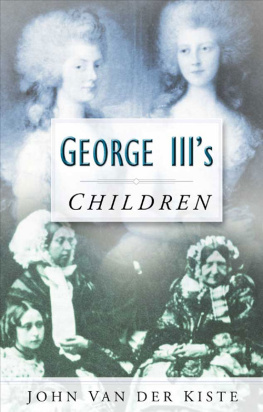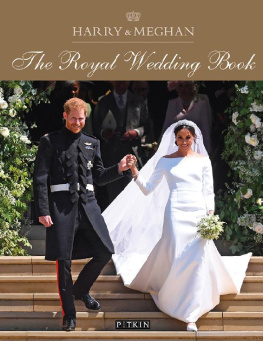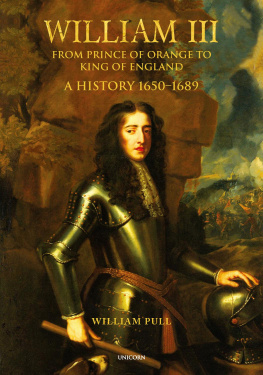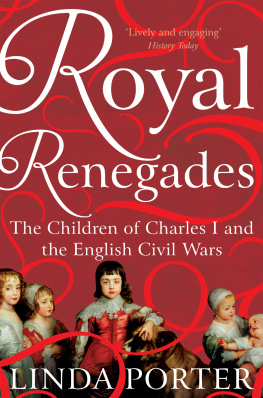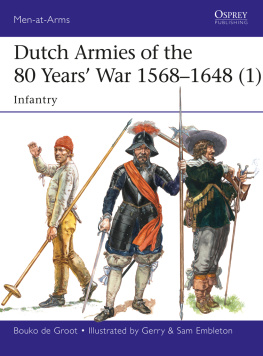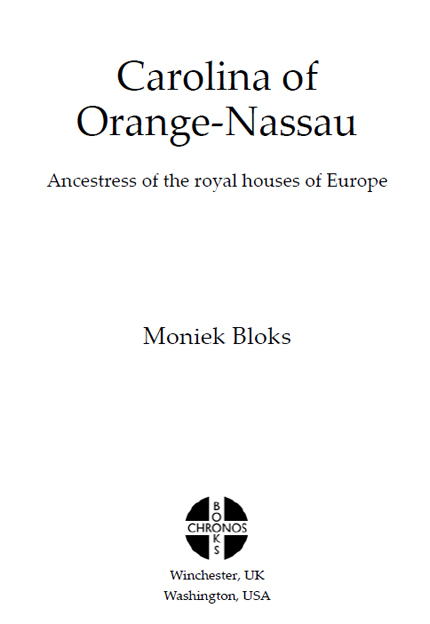First published by Chronos Books, 2019
Chronos Books is an imprint of John Hunt Publishing Ltd., No. 3 East St., Alresford, Hampshire SO24 9EE, UK
www.johnhuntpublishing.com
For distributor details and how to order please visit the Ordering section on our website.
Text copyright: Moniek Bloks 2018
ISBN: 978 1 78535 914 9
978 1 78535 915 6 (ebook)
Library of Congress Control Number: 2017960099
All rights reserved. Except for brief quotations in critical articles or reviews, no part of this book may be reproduced in any manner without prior written permission from the publishers.
The rights of Moniek Bloks as author have been asserted in accordance with the Copyright, Designs and Patents Act 1988.
A CIP catalogue record for this book is available from the British Library.
Design: Stuart Davies
Printed and bound by CPI Group (UK) Ltd, Croydon, CR0 4YY, UK
We operate a distinctive and ethical publishing philosophy in all areas of our business, from our global network of authors to production and worldwide distribution.
Acknowledgements
I would like to thank my parents, Jos and Karin, and my sister Anouk for their support and understanding. I would also like to thank the Royal Archives and His Majesty King Willem-Alexander for allowing me access to Carolinas letters.
Introduction
The name Carolina of Orange-Nassau will not be a household name for many people. This appears to be the case with many women in history. Carolina was the eldest surviving child of William IV, Prince of Orange and Anne of Hanover, and therefore the only sibling of William V, Prince of Orange. When her father was named stadtholder Carolina was his only child and so the stadtholdership was made hereditary in the female line. The birth of her little brother ended the possibility that Carolina would inherit the stadtholdership but she remained his heir until he had heirs of his own. During the last months of Williams minority, a heavily pregnant Carolina acted as his regent.
Carolina inherited a love of music and a talent for it as well from her mother and after her marriage to the German Prince Charles Christian of Nassau-Weilburg, she brought the nine-year-old prodigy Mozart to The Hague. He returned to her court many years later as an adult, grateful that Carolinas personal physician had saved not only his life but also that of his sister. Carolina loved music but she was pregnant for most of her married life and sometimes she found that her pregnancies hindered her musical hobby. She was very much attached to her children and was devastated at the loss of her first two sons. Eventually, she would face the loss of over half of her children. Despite these losses, she remained strong.
Above all, Carolina loved her little brother. They had an age difference of five years, but they were orphaned at a young age and the pair were unusually close. During her lifetime, Carolina wrote to her brother every few days with a few interruptions when she was pregnant or giving birth. She continued to long for the Netherlands and especially her favourite palace, the Loo Palace. She never lived to see her little brother banished from his country and she would have been proud to see her nephew return to the Netherlands to become its first King in 1815.
Carolina was Dutch through and through, despite her English mother and her marriage to a German Prince. Her heart never left the Netherlands. Until 1922, Carolinas heirs were still mentioned in the Dutch constitution with the possibility of inheriting the Dutch crown. Her many children and grandchildren spread out across the thrones of Europe and Carolina is the ancestress of all the ruling Kings and Queens of Europe, including the Netherlands. A biography of this musical and loving woman 275 years after her birth only seems right.
Chapter 1
Birth and Youth
Princess Wilhelmine Carolina of Orange-Nassau was born on 28 February 1743 at the Princely Court of Leeuwarden as the eldest surviving child of the Stadtholder of Friesland, Groningen, Drenthe and Gelderland, William IV, Prince of Orange and Anne of Hanover, also known as Anne, Princess Royal.
Her father was the de facto head of state as the Stadtholder of Friesland, Groningen, Drenthe and Gelderland, which were all provinces in the Dutch Republic. This was a largely hereditary role, which he had been born to fulfil as he was born six weeks after his fathers death. His father, Johan William Friso, head of the Frisian branch of the House of Orange-Nassau, had drowned in the Hollands Diep as he was travelling to The Hague on 22 October 1751. He was just 23-years-old. The title itself originated from the middle ages and became closely associated with the Republic of the Seven United Netherlands. Some provinces refused to appoint a stadtholder during two occasions, which became known as the First and Second Stadtholderless Period. Previous stadtholders include William the Silent, leader of the Dutch revolt against Spanish rule, his sons Philip William, Maurice and Frederick Henry, William II and William III, who also became King William III of England, Scotland and Ireland. In addition, her father was Prince of Orange, a title associated with the Principality of Orange in Southern France. Although the Principality itself was ceded to King Louis XIV of France in 1713, the title continued to be used.
Her mother was the eldest daughter of King George II of Great Britain and Caroline of Ansbach and she was thus known as the Princess Royal, an honorific title for the eldest daughter of the King. She was born on 2 November 1709 in Herrenhausen Palace in Hanover, five years before her paternal grandfather would succeeded as King George I of Great Britain. She was named for the Queen her grandfather would succeed, Anne, Queen of Great Britain, the last of the Protestant Stuarts. Anne had been pregnant many times but only one child survived past infancy, Prince William, Duke of Gloucester. He tragically died at the age of 11 in 1700. As Parliament did not wish the throne to revert to a Catholic, most notably Annes half-brother James Francis Edward Stuart, also known as the Old Pretender, the Act of Settlement 1701 settled the succession on Sophia of Hanover, a granddaughter of James VI and I, and her Protestant heirs. Sophia died shortly before Queen Anne did and so her son succeeded as King George I.
The marriage between the Prince of Orange and the daughter of the British King was perhaps not one many would expect. However, the Hanoverians were relatively unpopular and a marriage with a Protestant Prince would be popular and perhaps one day, the Prince of Orange would play a large role in the Dutch Republic. The marriage was also meant to improve the relationship between the Dutch Republic and England, which had been bad since the War of the Spanish Succession.
Her parents had married on 7 March 1734 in St. Jamess Chapel. Her mother had spent much time studying Dutch history and copying works by Titian and Van Dyck from the Royal Collection. It seemed like an auspicious start to the marriage and the reaction to the Prince of Orange was rather lukewarm.
However, Anne was smitten with her new husband. After a brief honeymoon at Kew, the couple returned to the court of Annes father. Lord Hervey again comments on the situation, She always behaved to him as if he was an Adonis and he hardly took any notice of her at all nor gave her one look by which one could have guessed that they ever slept in the same sheets.


